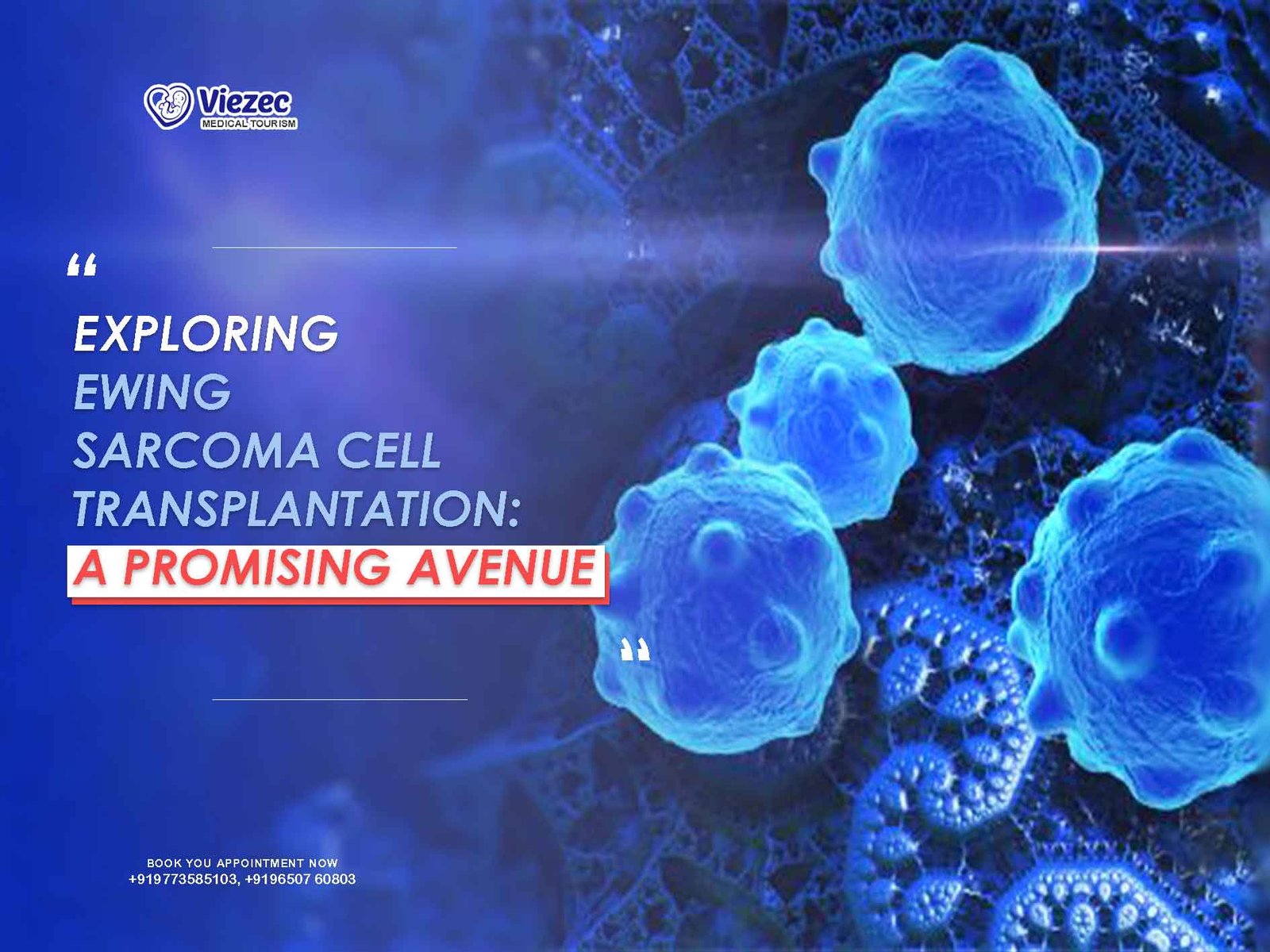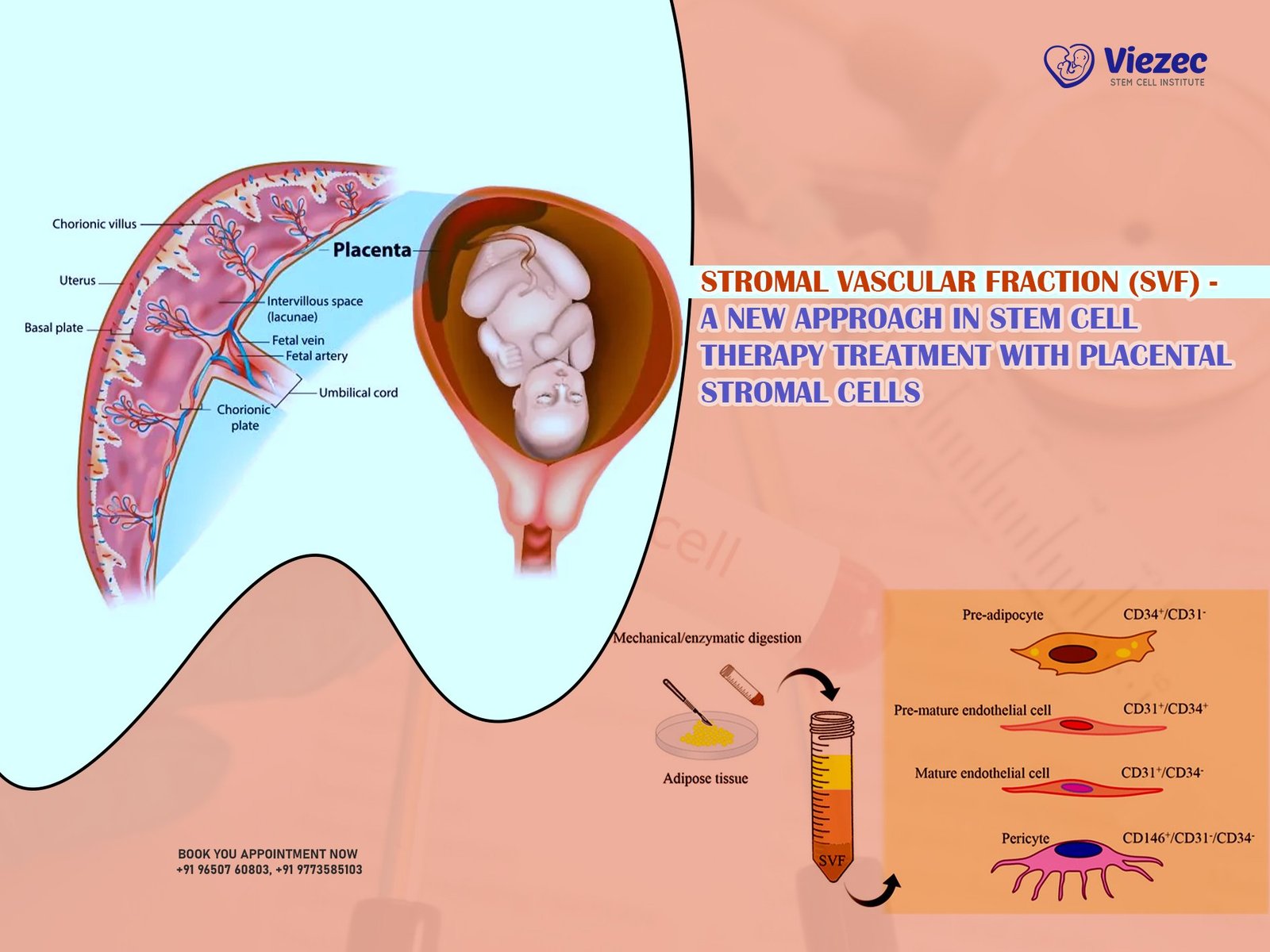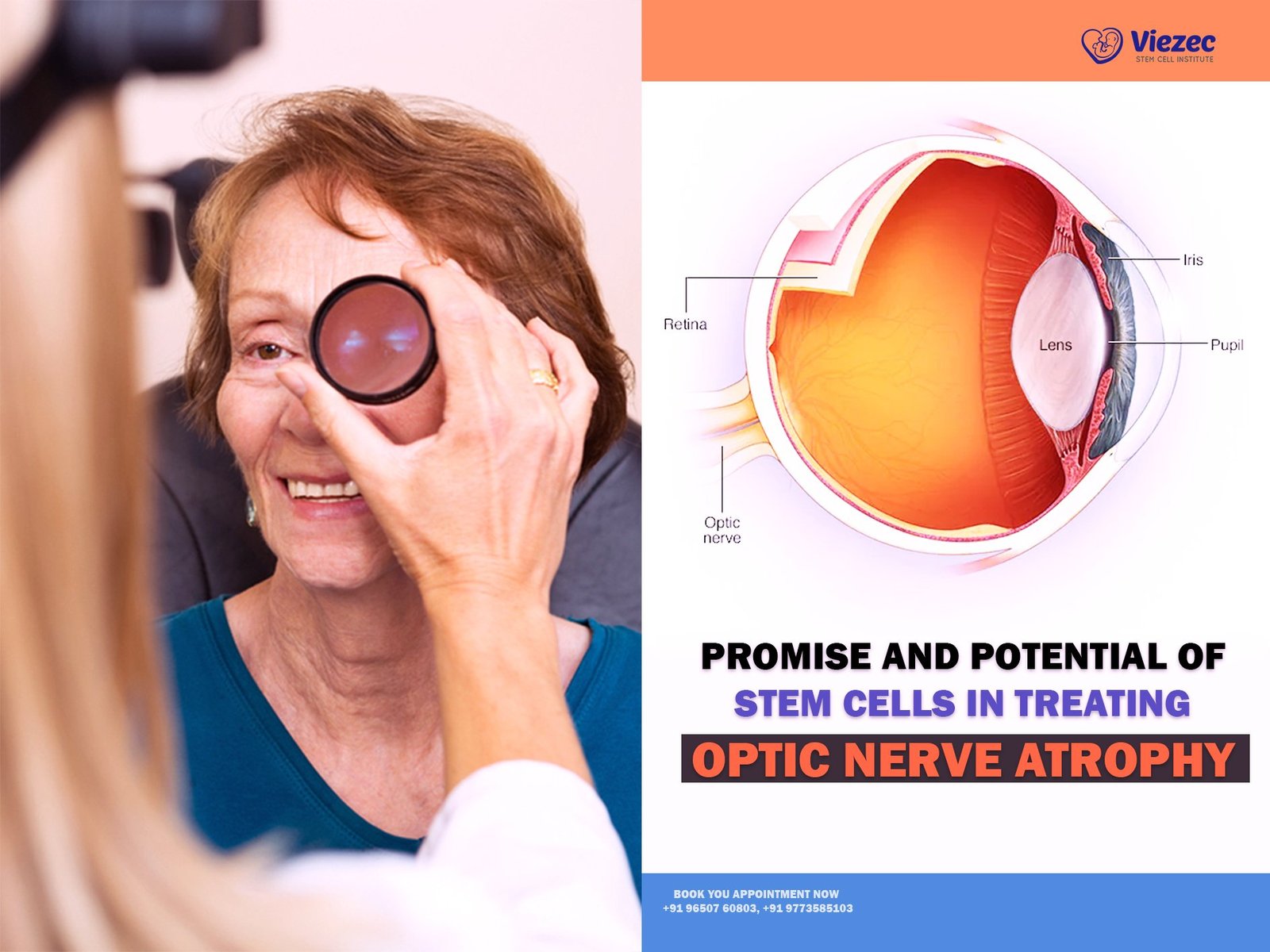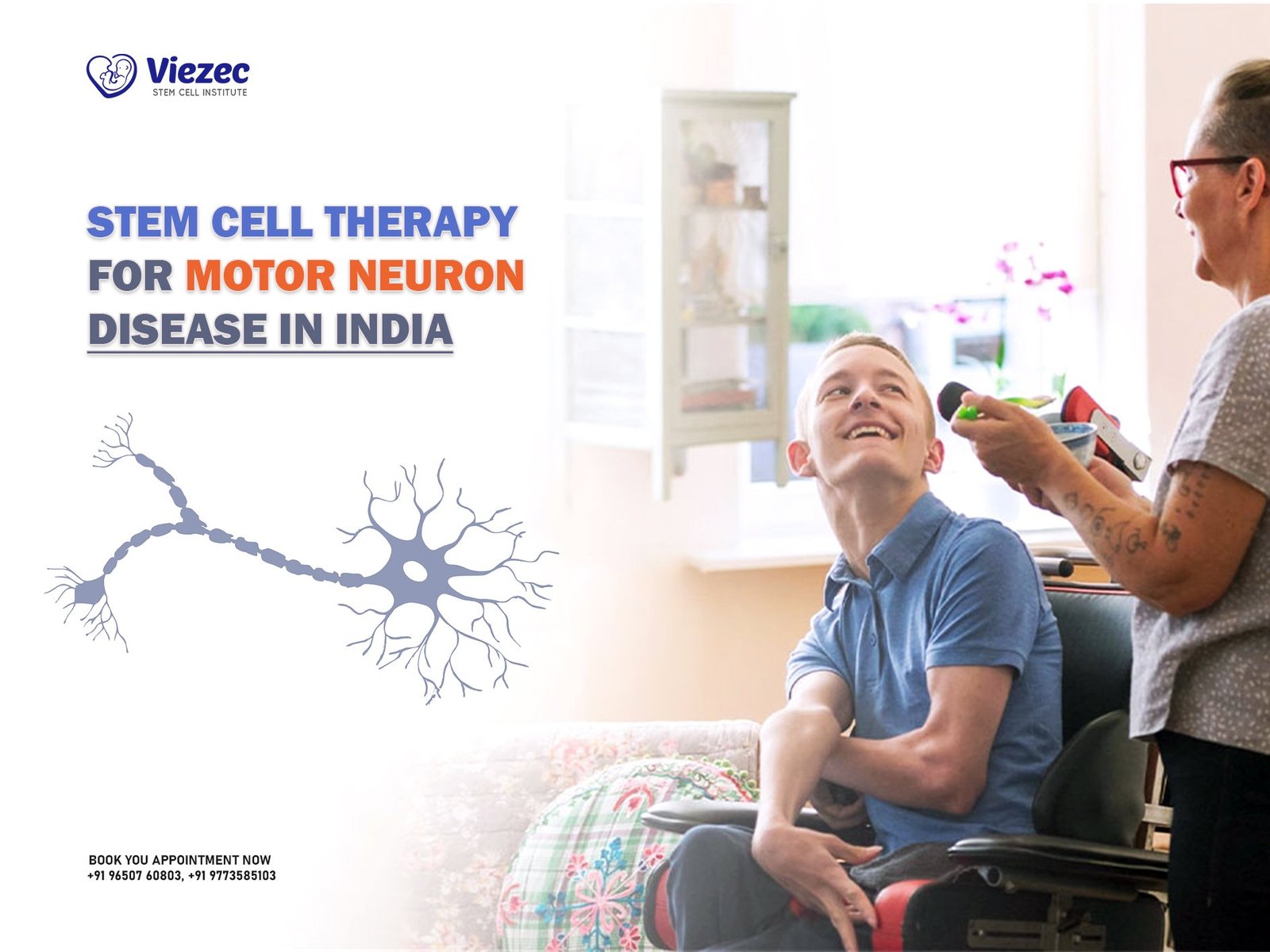Scleroderma, also known as systemic sclerosis, is a rare and chronic autoimmune disease characterized by the hardening and tightening of the skin and connective tissues. It can affect various organs, including the skin, lungs, heart, kidneys, and gastrointestinal tract. While there is no cure for scleroderma, treatments are available to manage its symptoms and slow its progression. One such treatment option that has shown promise in recent years is stem cell transplantation.
We will delve into the success rates of stem cell transplants for scleroderma, exploring the underlying mechanisms, current practices, challenges, and future perspectives. By understanding the intricacies of this treatment, patients and healthcare providers can make more informed decisions regarding its potential benefits and risks.
Understanding Scleroderma
Scleroderma is a complex autoimmune disease that can vary significantly from one person to another in terms of severity and the organs affected. The primary features of scleroderma include:
- Fibrosis: The excessive production of collagen, which leads to scarring and hardening of tissues.
- Vascular Issues: Damage to blood vessels, which can result in poor circulation and other complications.
- Autoimmune Response: The immune system mistakenly attacks the body’s own tissues, causing inflammation and damage.
There are two main types of scleroderma:
- Localized Scleroderma: Limited to the skin and nearby tissues, without affecting internal organs.
- Systemic Scleroderma: Also known as systemic sclerosis, this form affects multiple organs and systems in the body and is associated with a higher risk of complications.
Role of Stem Cell Transplants in Scleroderma Treatment
Stem cell transplants, also known as hematopoietic stem cell transplants (HSCT), involve harvesting stem cells from the patient’s bone marrow or peripheral blood, treating them, and then reinfusing them back into the patient. This process aims to reset the immune system, potentially halting the progression of scleroderma.
The primary goal of HSCT for scleroderma is to achieve:
- Immune Reboot: The transplant can help reset the immune system, potentially reducing autoimmunity and halting disease progression.
- Improved Quality of Life: Successful transplants may lead to symptom relief and an improved quality of life for patients.
Stem Cell Transplantation Process
The process of stem cell transplantation for scleroderma typically involves the following steps:
Mobilization and Harvesting
First, stem cells are mobilized from the bone marrow to the peripheral blood using a combination of medications such as growth factors and chemotherapy. Once the stem cells are in the peripheral blood, they are collected through a procedure called apheresis.
Conditioning Regimen
Before the stem cells can be reinfused, the patient undergoes a conditioning regimen that typically involves high-dose chemotherapy or a combination of chemotherapy and immunosuppressive drugs. This regimen aims to eliminate the existing immune cells and create space for the new stem cells.
Stem Cell Transplantation
Once the conditioning regimen is complete, the harvested stem cells are reinfused into the patient’s bloodstream. The transplanted stem cells migrate to the bone marrow, where they begin to repopulate the immune system.
Recovery and Monitoring
Following the transplant, patients typically experience a recovery period during which they are closely monitored for complications such as infections, graft-versus-host disease (GVHD), and other adverse effects. Long-term follow-up is essential to assess the transplant’s efficacy and detect any recurrence of scleroderma.
Assessing Success Rates of Stem Cell Transplants for Scleroderma
Determining the success rates of stem cell transplants for scleroderma involves evaluating several factors, including short-term and long-term outcomes, patient survival, and quality of life improvements. The following metrics are commonly used to assess the success of HSCT in scleroderma patients:
Disease Progression and Stabilization
One of the key indicators of success is the ability to halt or slow the progression of scleroderma. Successful transplants often result in disease stabilization, preventing further organ damage and reducing the severity of symptoms.
Symptom Relief
Many patients experience relief from symptoms such as skin hardening, joint pain, and fatigue after undergoing HSCT. Improved lung function and other organ-specific measures are also monitored to assess treatment efficacy.
Survival Rates
Survival rates following stem cell transplantation vary depending on the individual patient and the severity of their condition. Studies have shown promising survival rates for scleroderma patients who undergo HSCT, particularly those with less severe disease at the time of transplantation.
Quality of Life
Improved quality of life is another important metric for evaluating the success of stem cell transplants for scleroderma. Patients often report better physical functioning and overall well-being following transplantation.
Long-Term Outcomes
Long-term outcomes, including the sustainability of treatment benefits and potential complications, are essential for determining the overall success of HSCT. Monitoring patients for several years post-transplant provides insights into the long-term efficacy of the procedure.
Clinical Trials and Research Findings
Numerous clinical trials have been conducted to evaluate the efficacy and safety of stem cell transplants for scleroderma. Some notable trials and their findings include:
- The Autologous Stem Cell Transplantation International Scleroderma (ASTIS) Trial: This trial compared HSCT with intravenous cyclophosphamide in scleroderma patients. The results showed that HSCT led to significant improvements in skin thickening and lung function compared to cyclophosphamide.
- The Scleroderma: Cyclophosphamide or Transplantation (SCOT) Trial: This trial compared HSCT with cyclophosphamide in patients with diffuse cutaneous scleroderma. The findings indicated that HSCT was associated with better long-term outcomes, including higher event-free survival rates.
These trials and others provide valuable evidence supporting the use of stem cell transplants for scleroderma, particularly in patients with severe disease who have not responded well to other treatments.
Challenges and Risks
While stem cell transplants offer potential benefits for scleroderma patients, there are also significant challenges and risks associated with the procedure:
Infection and Complications
Patients undergoing HSCT are at increased risk of infections due to the immunosuppressive nature of the conditioning regimen. Careful monitoring and preventive measures are necessary to minimize the risk of complications.
Graft-versus-Host Disease (GVHD)
GVHD is a potential complication of stem cell transplantation, particularly when the transplanted cells recognize the patient’s tissues as foreign and attack them. This can lead to serious health issues and requires careful management.
Relapse and Disease Recurrence
While HSCT can effectively reset the immune system and halt disease progression, there is still a risk of relapse or recurrence of scleroderma in some patients.
High Cost and Limited Availability
Stem cell transplants can be expensive, and access to the procedure may be limited in some regions. This poses a barrier for patients who could benefit from the treatment.
Individual Variability
The success of HSCT for scleroderma can vary significantly from one patient to another due to differences in disease severity, overall health, and other factors. This variability makes it challenging to predict outcomes for individual patients.
Emerging Therapies
While stem cell transplants have shown promise in the treatment of scleroderma, ongoing research aims to improve the procedure’s safety and efficacy further. Future directions and emerging therapies in the field include:
Optimizing Conditioning Regimens
Researchers are exploring alternative conditioning regimens that may offer better outcomes with fewer side effects. Lower-intensity regimens and targeted therapies are being investigated.
Mesenchymal Stem Cells (MSCs)
Mesenchymal stem cells (MSCs) are being studied as an alternative to hematopoietic stem cells for transplantation. MSCs may offer anti-inflammatory and immunomodulatory effects that could benefit scleroderma patients.
Personalized Medicine Approaches
Personalized medicine approaches, such as identifying specific genetic markers and tailoring treatments to individual patients, may improve the success rates of stem cell transplants for scleroderma.
Combination Therapies
Combining HSCT with other therapies, such as targeted immunosuppressive drugs or biologics, may enhance the procedure’s effectiveness and reduce the risk of complications.
Improve Quality of Life
Stem cell transplants have emerged as a promising treatment option for scleroderma patients, offering the potential to halt disease progression and improve quality of life. While the success rates vary depending on individual patient factors, clinical trials have demonstrated the efficacy of HSCT in improving outcomes for scleroderma patients.
However, challenges such as infections, GVHD, and relapse remain significant concerns that need to be addressed. Ongoing research aims to optimize the procedure and explore new therapeutic avenues, including personalized medicine and combination therapies.
Patients considering stem cell transplants for scleroderma should consult with experienced healthcare providers to evaluate the potential benefits and risks of the procedure. Through continued research and innovation, stem cell transplants may become an increasingly viable option for scleroderma patients seeking effective treatment.









